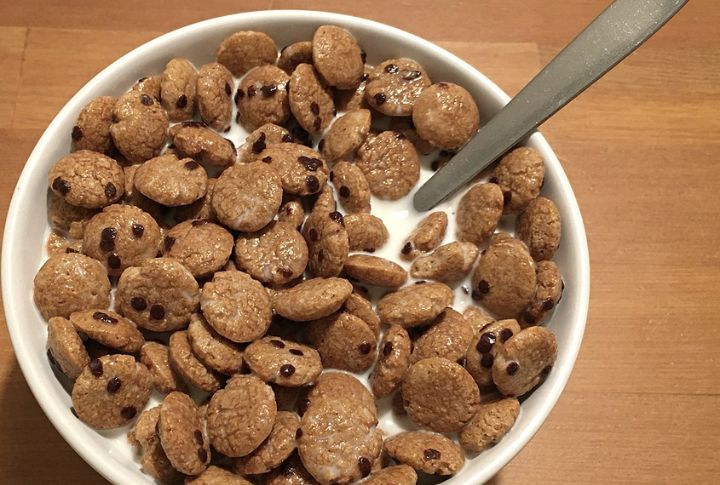
Not all cereals deserve a spot on the breakfast table. Some go beyond being sugary—they dive straight into dessert territory. While flashy colors and sweet flavors make them tempting, the real problem is lurking beneath the surface. Let’s look at the breakfast choices that could be leading you toward energy slumps and unhealthy habits.
Froot Loops
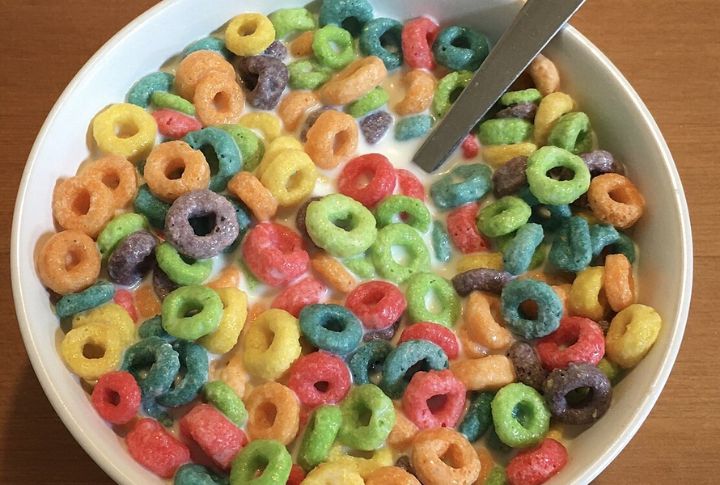
Bright packaging can’t hide the fact that Froot Loops is loaded with artificial dyes and sugar. Studies from the Harvard School of Public Health show that excessive sugar intake contributes to childhood obesity. Despite marketing claims, this cereal lacks fiber and essential vitamins for a balanced diet.
Lucky Charms
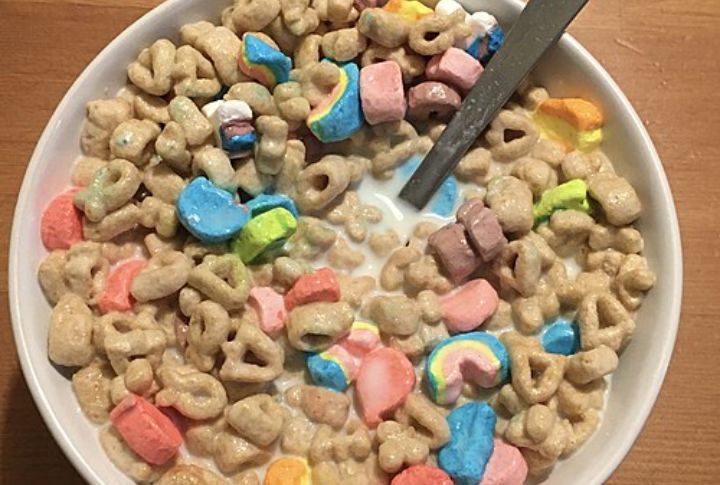
This General Mills cereal debuted in 1964 and is famous for its marshmallow shapes, called “marbits.” Marketing portrays Lucky Charms as a fun and wholesome breakfast, but reality tells another story. The bright marshmallow colors come from synthetic additives, which contain high sugar levels and minimal fiber.
Cocoa Pebbles

Sugar-heavy Cocoa Pebbles lack protein and fiber, making them a poor breakfast choice. The cereal’s high glycemic index leads to energy crashes. Unlike dark chocolate, it contains artificial flavors rather than health-supporting antioxidants. Your breakfast should be built on natural ingredients to improve focus and reduce mid-morning hunger.
Cap’n Crunch
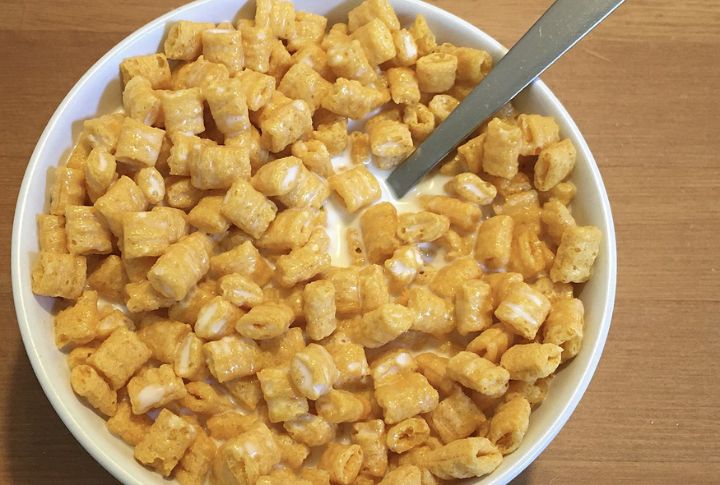
Nutrient-rich foods ensure a more fulfilling and sustainable way to start the day. Cap’n Crunch remains one of the most sugar-packed cereals on the market. Excess sugar causes blood sugar spikes, leaving people feeling hungry soon after. It’s important to prioritize natural grains with fewer additives in your morning diet.
Honey Smacks
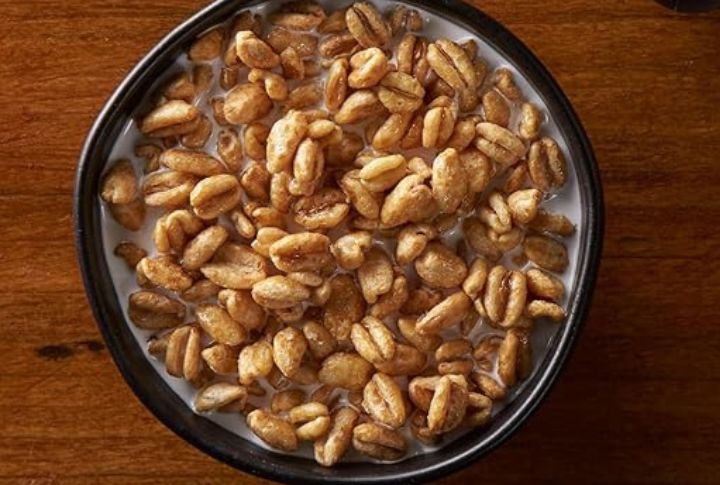
Despite its name, Honey Smacks contains no real honey and is mostly refined sugar. Nutrition experts from the Center for Disease Control and Prevention highlight the dangers of high-sugar breakfasts contributing to diabetes risks. Its excessively sweet taste masks the lack of essential vitamins and minerals.
Trix
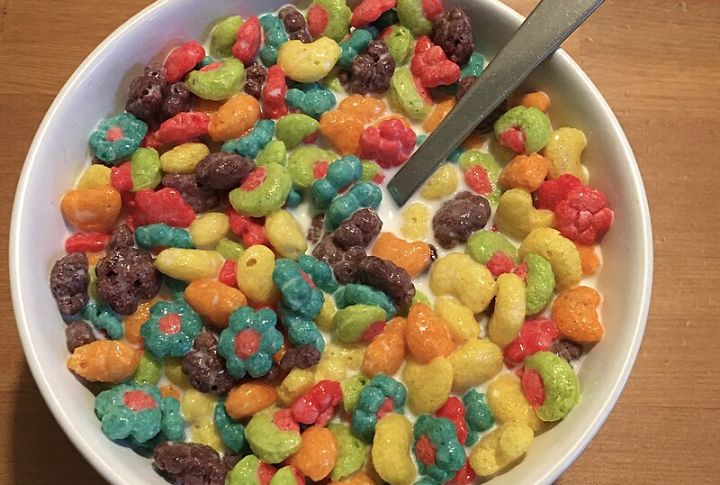
First introduced in 1954, Trix was originally only available in three colors before expanding to six. Consumers recognize this cereal for its bright colors and fruity flavors, but artificial additives and synthetic dyes dominate its ingredient list. Sugar content outweighs any possible nutritional benefits, making it closer to candy than cereal.
Reese’s Puffs
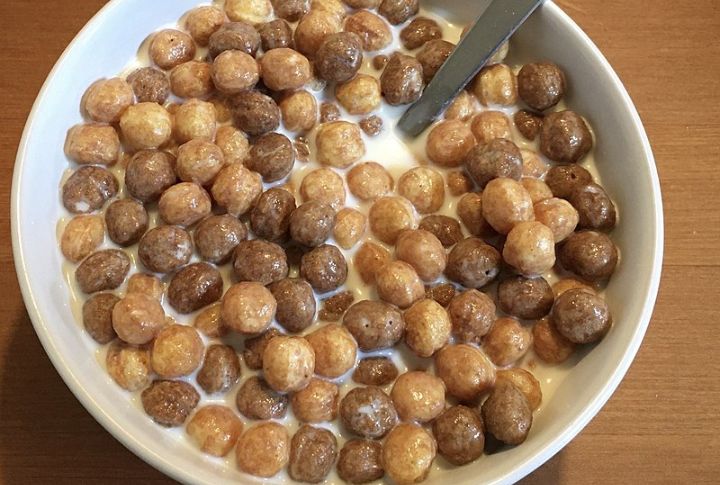
Inspired by Reese’s peanut butter cups, this cereal was first launched in 1994 as a chocolate-peanut butter combo. Breakfast shouldn’t resemble dessert, yet Reese’s Puffs contains too much sugar and unhealthy fats. Artificial flavors contribute to its sweet taste while adding no nutritional value.
Franken Berry
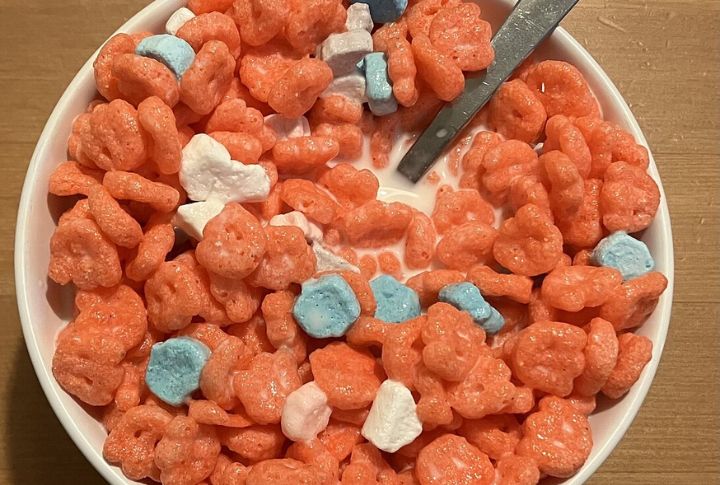
Released in 1971, it was part of General Mills’ monster-themed lineup alongside Count Chocula and Boo Berry. Franken Berry’s pink color doesn’t come from real strawberries, and artificial dyes and processed sugars make up its list of ingredients. A wholesome breakfast should include real fruit rather than synthetic flavors.
Cookie Crisp
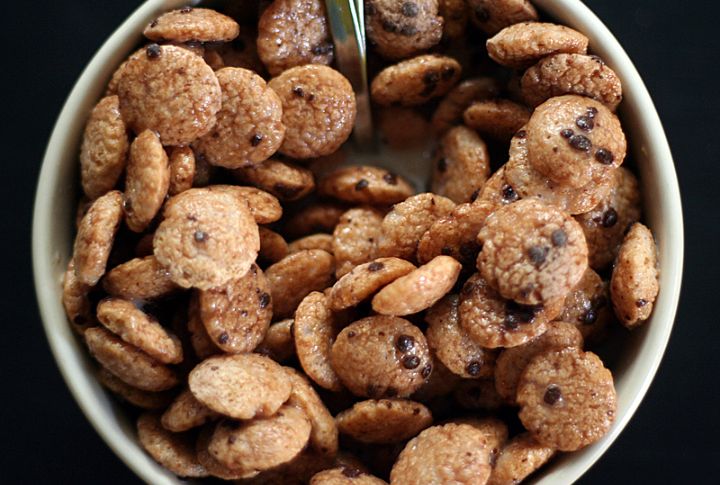
Designed to taste like mini chocolate chip cookies, this cereal has undergone multiple recipe changes over the years. Mini cookie-shaped cereal pieces make Cookie Crisp seem fun for kids. Its sugar-heavy profile closely resembles actual cookies rather than breakfast food.
Kellogg’s Smart Start
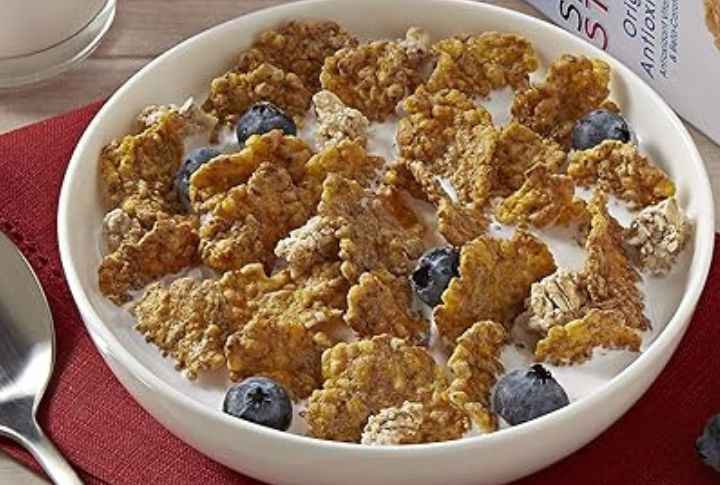
Smart Start markets itself as a wholesome option, yet its sugar levels rival many dessert items. Nutritionists from the Journal of Nutrition warn that misleading packaging often masks poor ingredient quality in processed cereals. With high sugar and low fiber, this cereal does little to promote sustained energy or digestive health.
Leave a comment